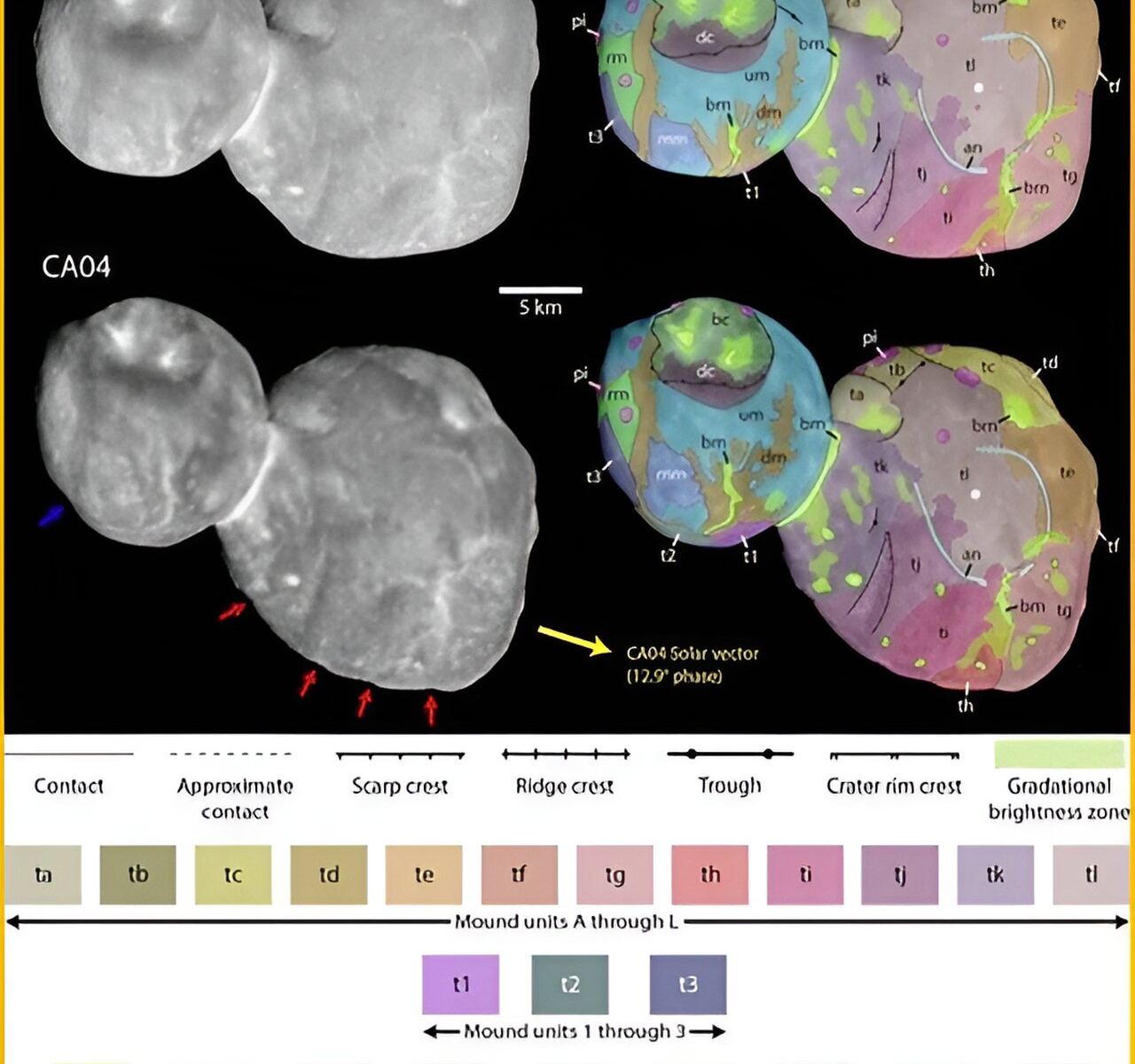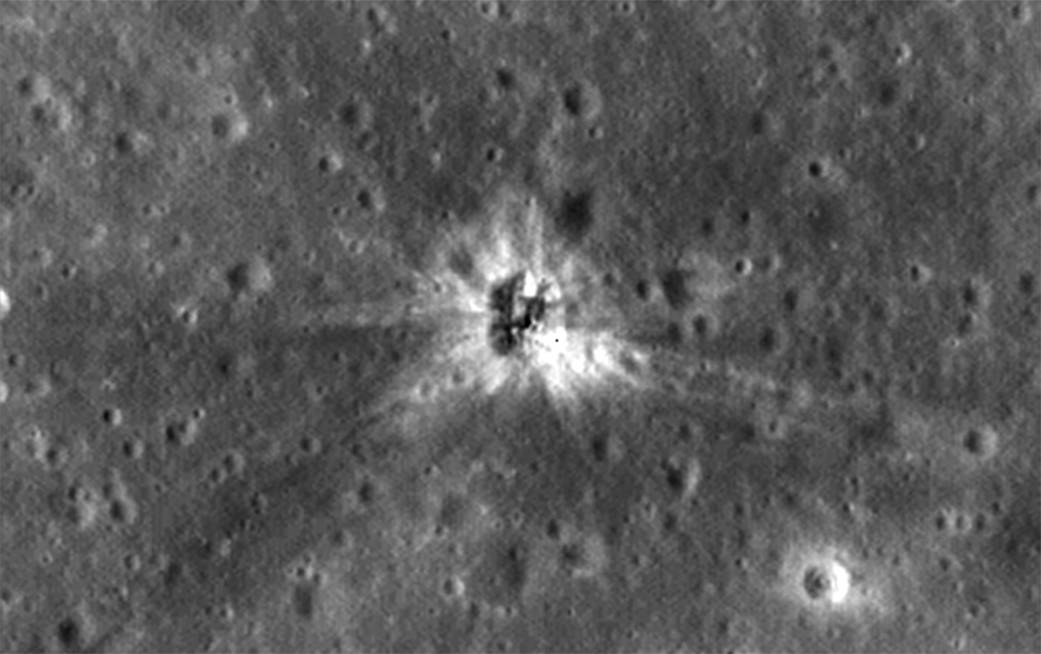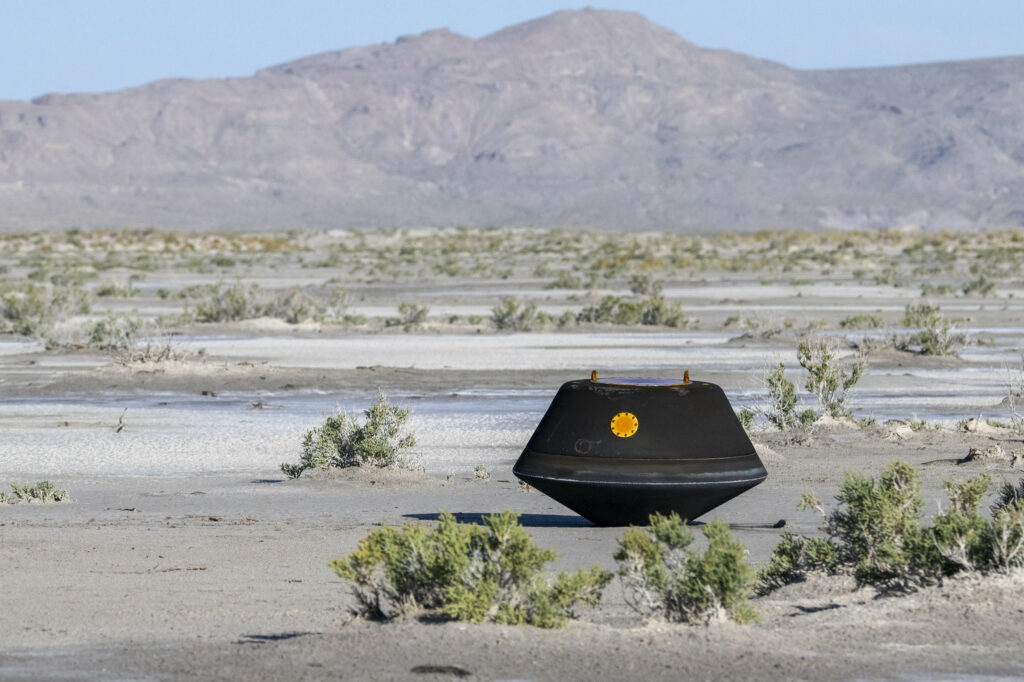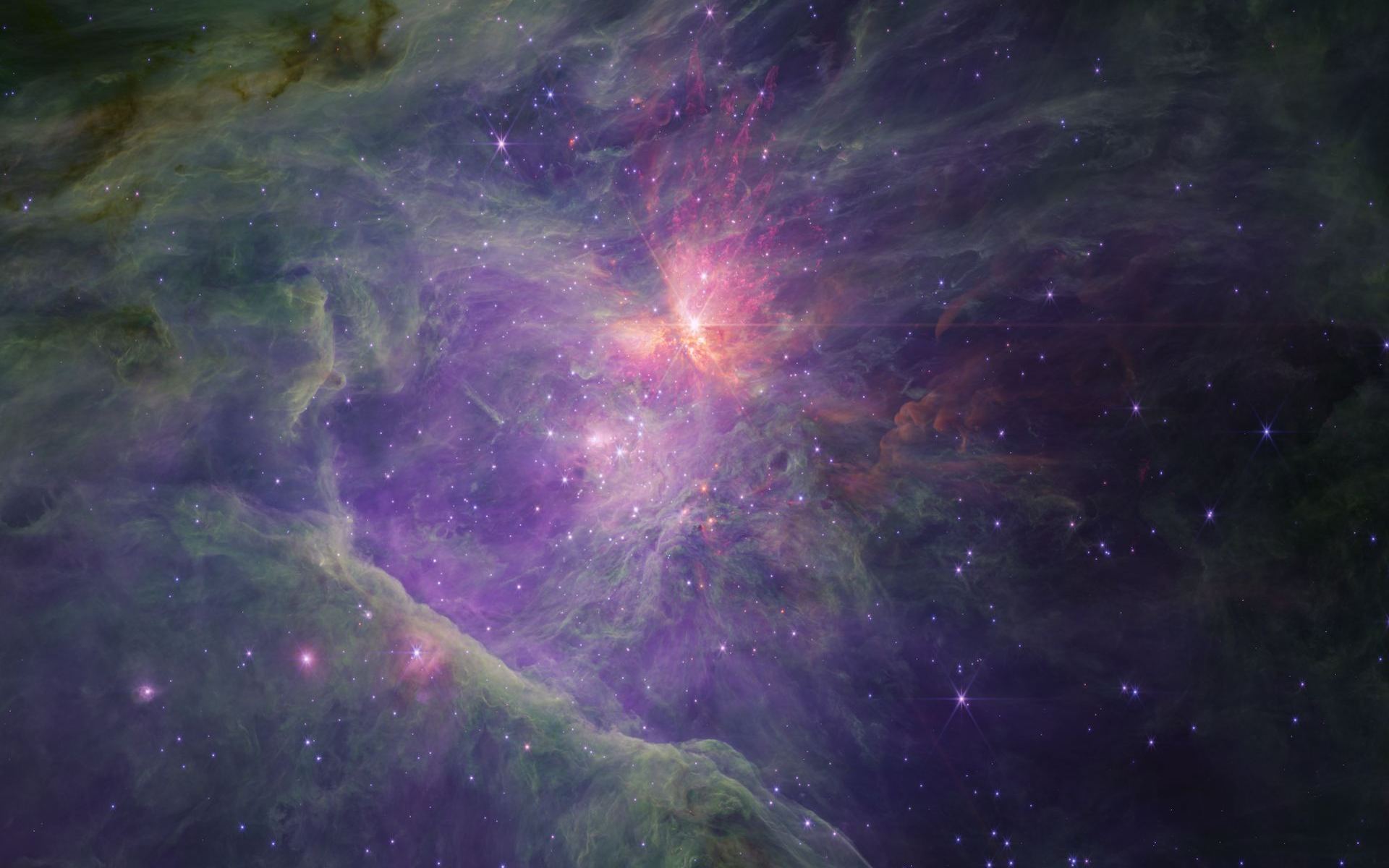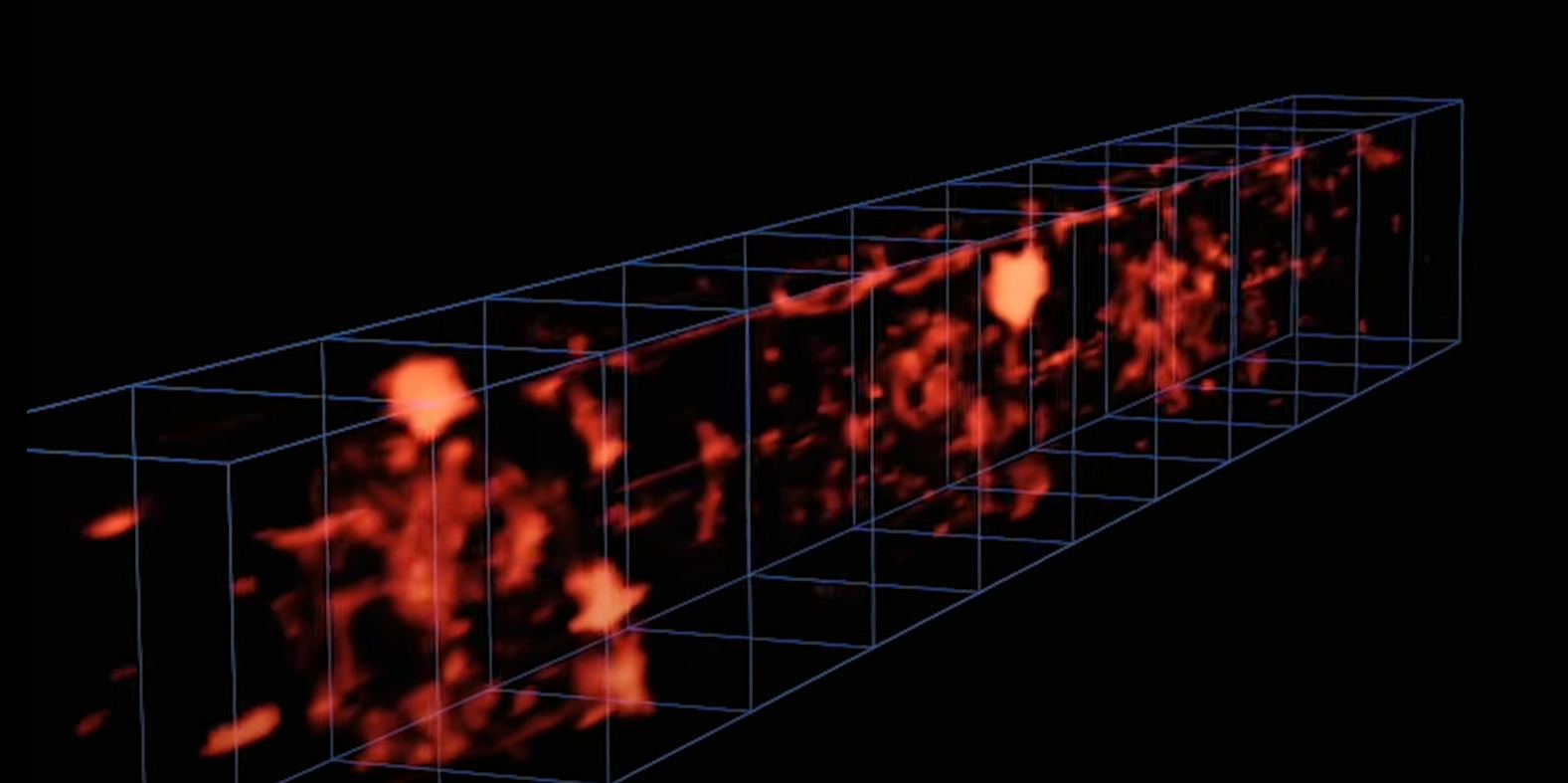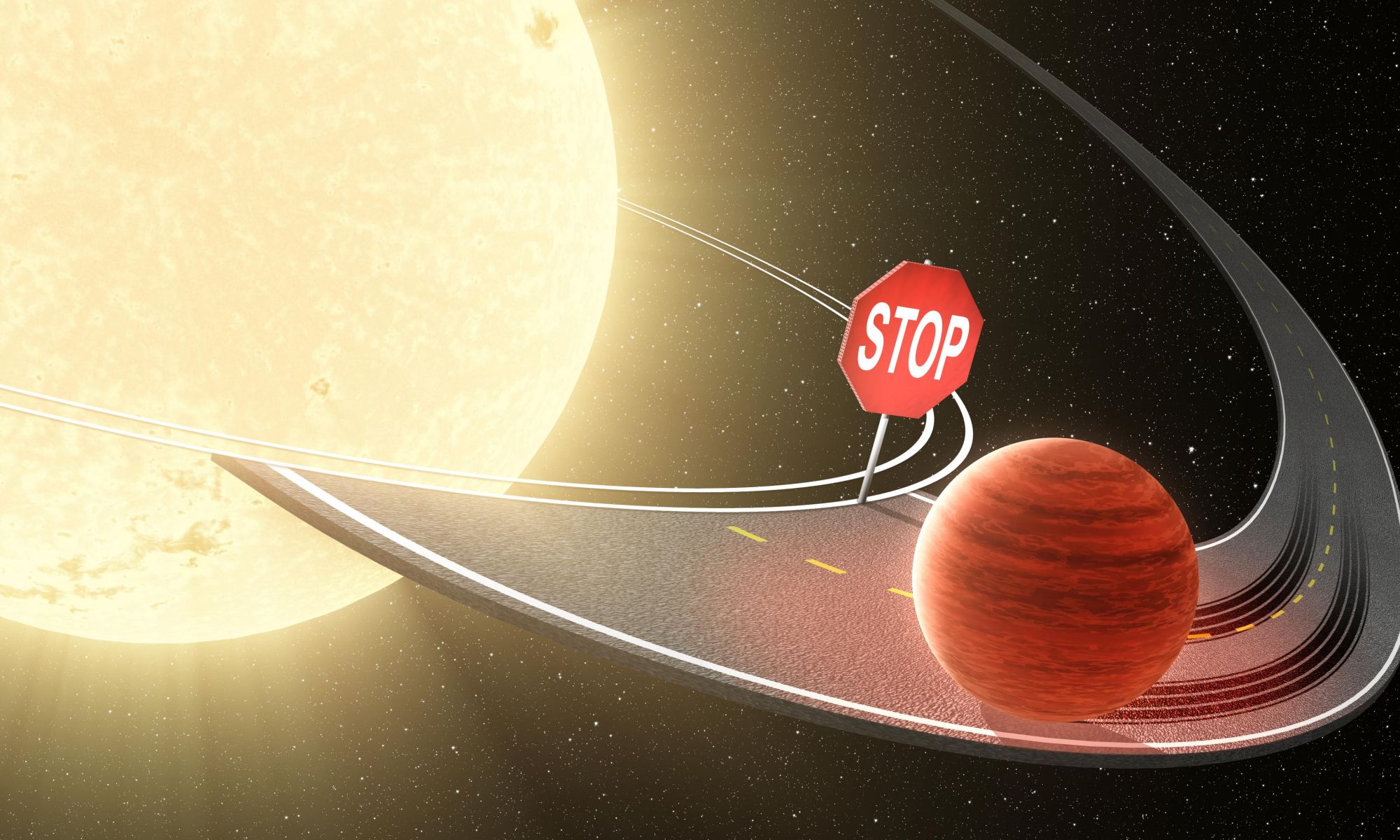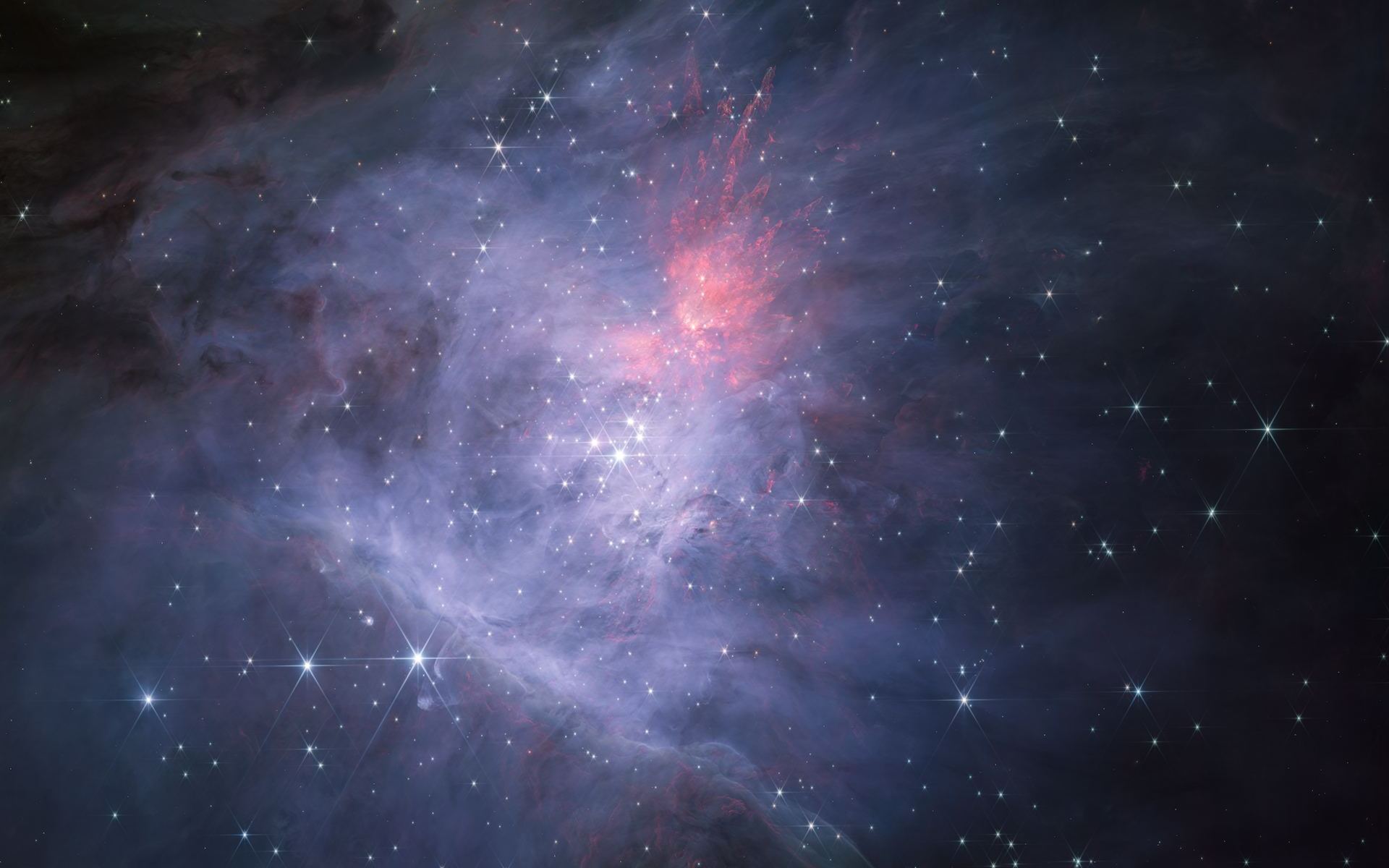When New Horizons flew past Arrokoth in 2019, it revealed close-up images of this enigmatic Kuiper Belt Object for the first time. Astronomers are still studying all the data sent home by the spacecraft, trying to understand this two-lobed object, which looks like a red, flattened snowman.
Scientists have now identified 12 mounds on Arrokoth’s larger lobe, which are roughly the same size – about 5-kilometers long – as well as the same shape, color, and reflectivity. The scientists think their similar look is because they all formed the same way, where icy material slowly accumulated on the surface of Arrokoth.
Continue reading “Arrokoth is Covered in Bizarre Mounds”
